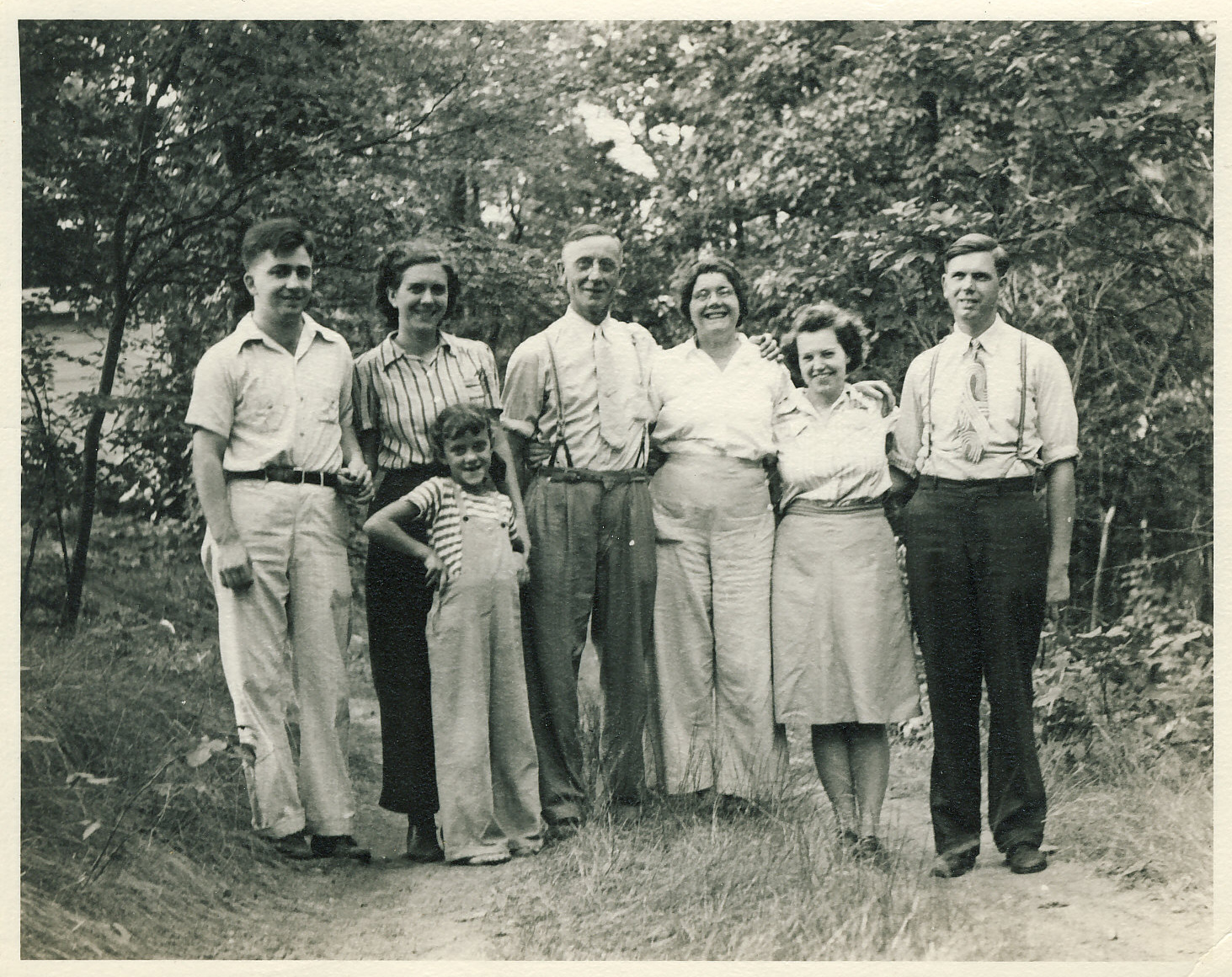The Golden Age: A Look at the Anthony Family of London
“John Anthony … was born in England in 1607. He married Susanna Potter and was the founder of the name of Anthony in New England.
“We have knowledge that he took the oath of allegiance and supremacy March 24, 1634, with intent to embark in the ship Mary and John, but was delayed a few days and took passage later on the Hercules, John Kiddy, Master. He had previously lived in the beautiful village of Hampstead, near London, England, and had been an innkeeper as well as having other occupations.”
— Charles L. Anthony, Genealogy of the Anthony Family from 1495 to 1904 (Sterling, Illinois: Charles L. Anthony, 1904), p. 23
Our great-grandmother Anna (née Anthony) McCrie was a descendant of John Anthony (1607-1675), the English emigrant to America in 1634.
While my sister Beth and I were in London we wanted to visit “the beautiful village of Hampstead” to get a sense of the man who began the Anthony line in America and was our great-great-great-great-great-great-great-great-grandfather.
In truth, the village has grown and changed so much since 1634 that it’s impossible to imagine what it looked like 400 years ago. But we found a couple of ways to give us a hint of John Anthony’s place and time in Hampstead. And of course we found a couple of pubs to toast this ghost of our past.
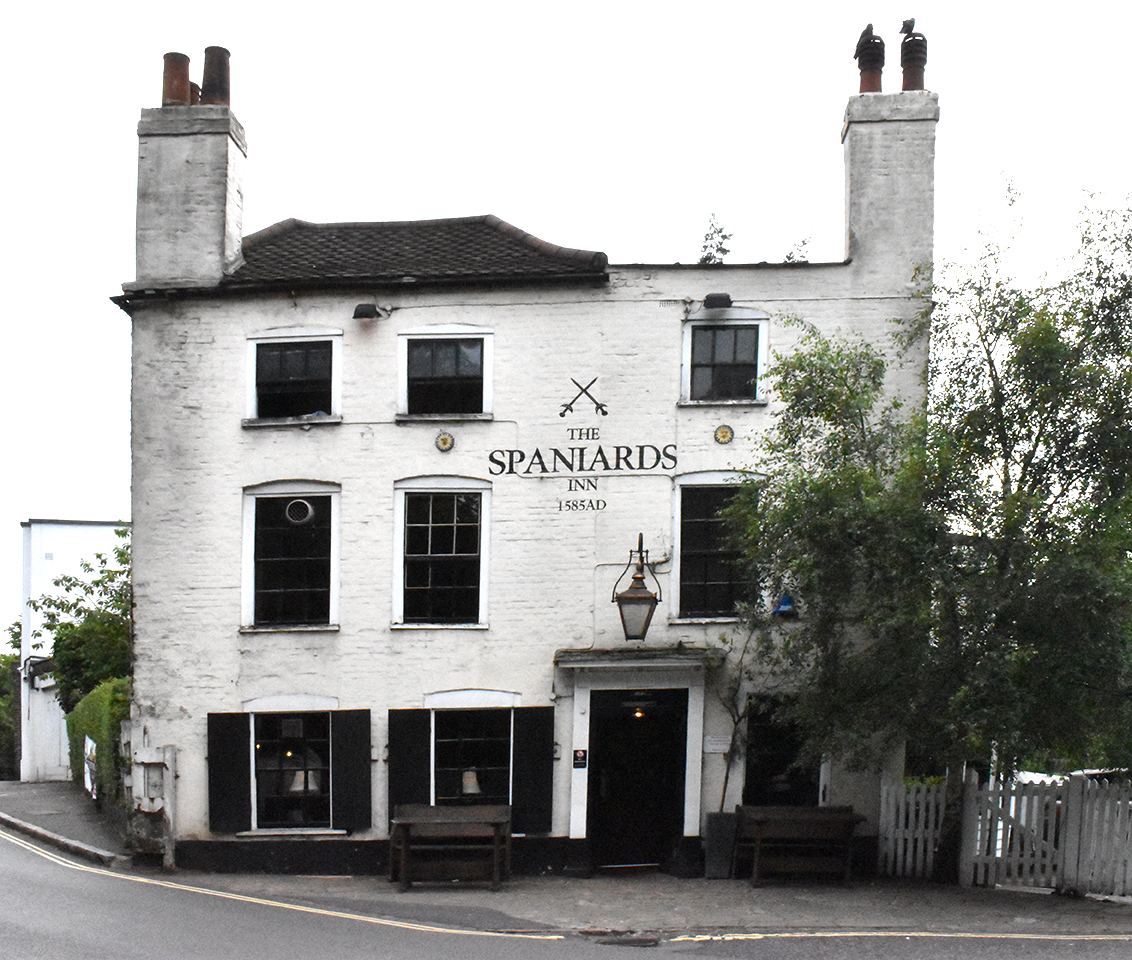
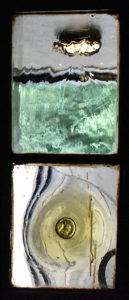 Since John Anthony was “an innkeeper,” we figured we’d look for an inn that dated back to Anthony’s time. And we found one, the Spaniards Inn, a mile outside of town. The advantage of being outside the village is that the setting is still somewhat rural, as Hampstead would have been at the time. The second advantage is that the Spaniards Inn dates back to 1588 so was in existence during Anthony’s years in Hampstead. When you walk inside the building you can easily send yourself back a few hundred years, what with the rippled panes of glass, the wooden floors, the narrow stairways and the low ceilings. This probably wasn’t the place where John Anthony was an innkeeper, but it provided a good sense of John’s environment.
Since John Anthony was “an innkeeper,” we figured we’d look for an inn that dated back to Anthony’s time. And we found one, the Spaniards Inn, a mile outside of town. The advantage of being outside the village is that the setting is still somewhat rural, as Hampstead would have been at the time. The second advantage is that the Spaniards Inn dates back to 1588 so was in existence during Anthony’s years in Hampstead. When you walk inside the building you can easily send yourself back a few hundred years, what with the rippled panes of glass, the wooden floors, the narrow stairways and the low ceilings. This probably wasn’t the place where John Anthony was an innkeeper, but it provided a good sense of John’s environment.

The Spaniard’s Inn over the years attracted artists and writers from the nearby artistic community of Hampstead. Regulars included Lord Byron, John Keats, and Robert Lewis Stevenson, as well as painters John Constable, William Hogarth, and Sir Joshua Reynolds. The Inn is mentioned in Charles Dickens’ Pickwick Papers and Bram Stoker’s Dracula.
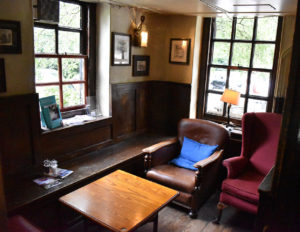
The room Beth and I chose for our alcohol-enhanced channeling and relaxation was small and cozy. It was only the two of us in the quaint, quiet anteroom. The leather chair I sat in was among the most comfortable I’ve had the pleasure to sink into.1 I could have sat there for hours with two or three pints and engaging conversation, probably something the above mentioned writers had occasion to do. I didn’t hear John Anthony’s footfalls on the floors nor his voice behind the busy bar, but I had the sense he would have felt in his element here.
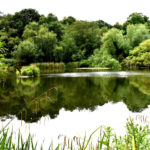

The other hint of olden times we found in the area was on Hampstead Heath. We walked through a small part of this large nature park to get to Spaniard’s Inn, and we felt miles from bustling London and the hectic 21st century. The greenery was serene, the ponds reflective, and Beth, the plant whisperer, found a tree that spoke softly to us and kindly showed us the way to the 17th century and the rustic inn.
In addition to communing with nature and our ancestor, we enjoyed a walk through the town, doing some window shopping and people watching, stopping for a pastry and coffee at Louis Patisserie, and dining at The Holly Bush, a classic English pub. [Click on photos to enlarge]
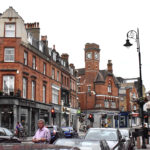

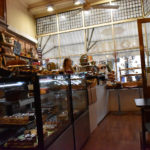

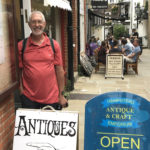

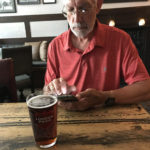
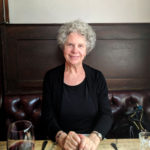
Hampstead was a nice break in our hectic London itinerary, truly harking back to a simpler and quieter time. In a word, it was golden.
The real Golden Age
Although John Anthony was definitely our ancestor, his lineage is not as well documented. There is educated speculation that he came from a line of London Anthony families stretching back to the 1500s, but the link to them is not conclusive and probably never will be, given the paucity of records from that time. Nevertheless, whether true ancestors or merely ones we were willing to adopt, we followed the footsteps of John Anthony’s purported father, grandfather, and great-grandfather (that would be our 11th great-grandfather if true), which took us to the Tower of London and back to the year 1552.

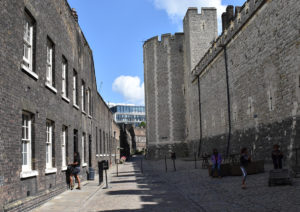
Derick Anthony (c 1525-c 1599), John Anthony’s alleged great-grandfather, was the chief engraver at the Royal Mint from 1552 to 1596 as well as “Goldsmith Jeweller to Queene Eliz.” The mint was located within the Tower of London at the time, along a street running between the inner and outer walls.
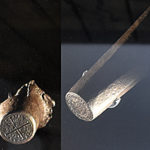 Some of the early dies used for coin making were displayed, similar to the ones Derick would have been responsible for engraving. As explained in the exhibit, “An image was engraved into each die and hardened by heat. The die with the spike [left] was set into a block, and a blank coin placed in-between the two dies. The top die [right] was then hit with a hammer, which stamped the images onto the coin.” As other exhibits showed, mintage was hot, strenuous, noxious, and dangerous work.
Some of the early dies used for coin making were displayed, similar to the ones Derick would have been responsible for engraving. As explained in the exhibit, “An image was engraved into each die and hardened by heat. The die with the spike [left] was set into a block, and a blank coin placed in-between the two dies. The top die [right] was then hit with a hammer, which stamped the images onto the coin.” As other exhibits showed, mintage was hot, strenuous, noxious, and dangerous work.
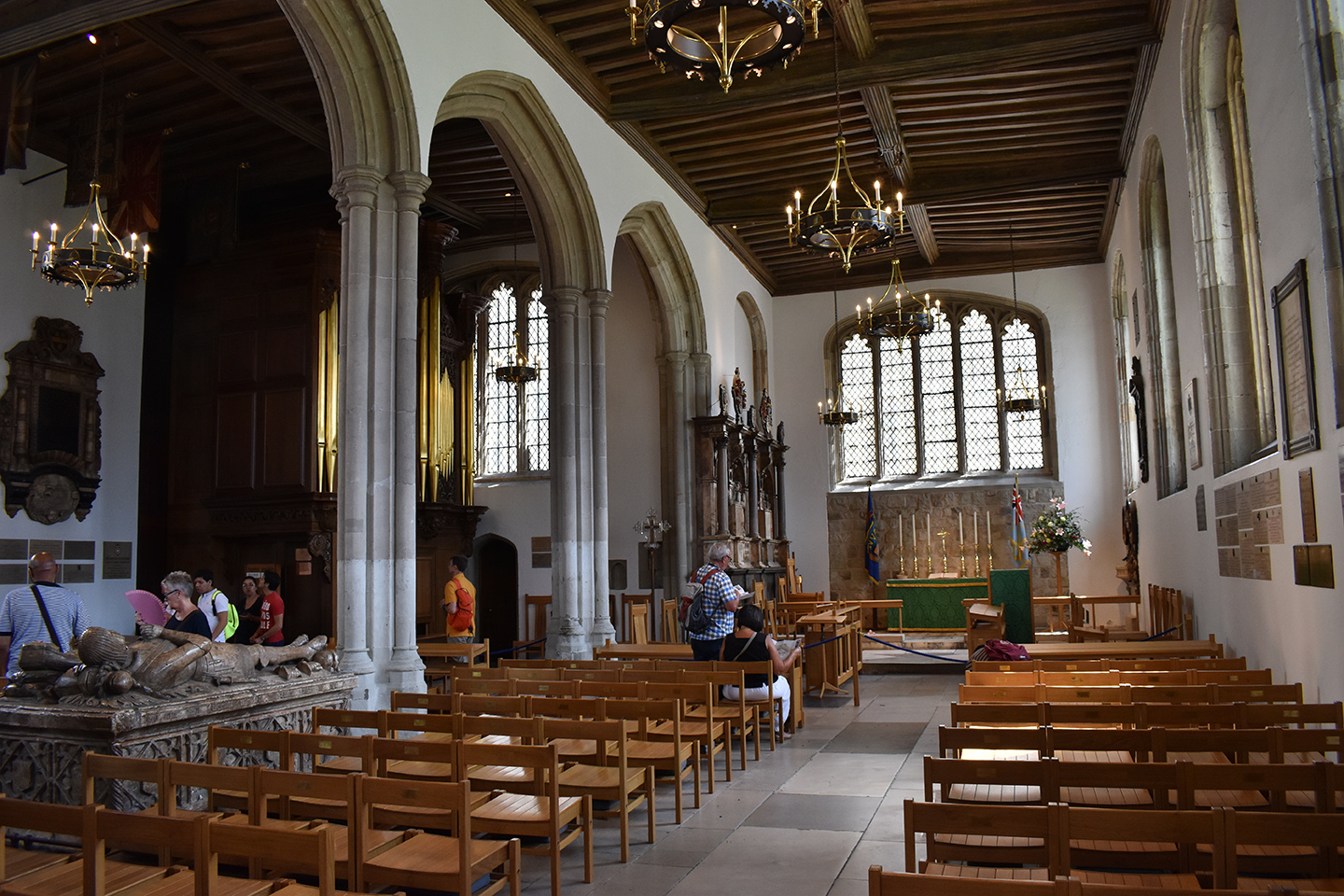 Mint workers usually lived within the Tower.2 We stopped in to see the Chapel of St. Peter Ad Vincula where the early Anthony families most likely attended service within the tower walls. One of the guards mentioned that hundreds of skeletons were found under the church floor, many of them from criminals who’d been executed. I silently wondered where Derick was buried and if he may have been among the nameless buried beneath the floor.
Mint workers usually lived within the Tower.2 We stopped in to see the Chapel of St. Peter Ad Vincula where the early Anthony families most likely attended service within the tower walls. One of the guards mentioned that hundreds of skeletons were found under the church floor, many of them from criminals who’d been executed. I silently wondered where Derick was buried and if he may have been among the nameless buried beneath the floor.
[The Anthony story continues below the blue sidebar]
Finding Our Estall Roots
While we were in the area of the Tower we walked through the neighborhood of the first Estall3 families in London, which was located just a couple of blocks northeast of the Tower.
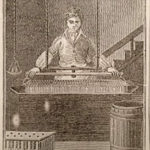
From 1723 to 1810, two generations of Estalls lived in a small courtyard off of current-day John Fisher Street. They made their living as tallow chandlers, probably hawking their wares (candles made from animal fat) on nearby Rosemary Lane (now Royal Mint Street), home of the raucous “rag fair” of the 18th century.
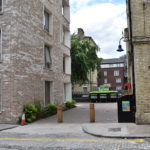
Though no original buildings stand, we paused at the site of the courtyard and walked along the same streets to rub elbows with their ghosts. The area was originally pockmarked with small alleys and courtyards, many of them named after animals and apparently sites of abattoirs or butchers that supplied the fat for our chandler ancestors … and gave the neighborhood a distinct smell. Now the area is primarily housing.
We visited the Tallow Chandler’s Hall in the City to get more background on the trade and view their beautiful, historic building. Their assistant clerk was kind enough to give us a tour and fill us in on the trade of those days.
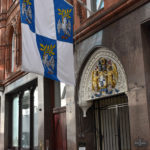

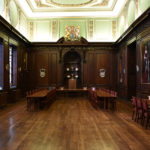
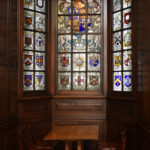
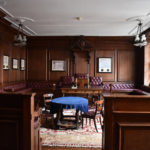
We were advised to visit the London Guildhall library to see the Tallow Chandler register in which John Estall is recorded as beginning his apprenticeship on June 6, 1739. The book was produced after rather extensive instruction on how to handle the fragile pages.

And we couldn’t leave the area without visiting the site of St. Mary’s Whitechapel Church where the first generations of Estalls were baptized and married. The church is long gone, but Beth and I rested a few minutes in the park that marks the spot where the church once stood.
The next two generations of the Anthony family lived in the area around St. Bartholomew the Great Church, just northwest of the old London wall.
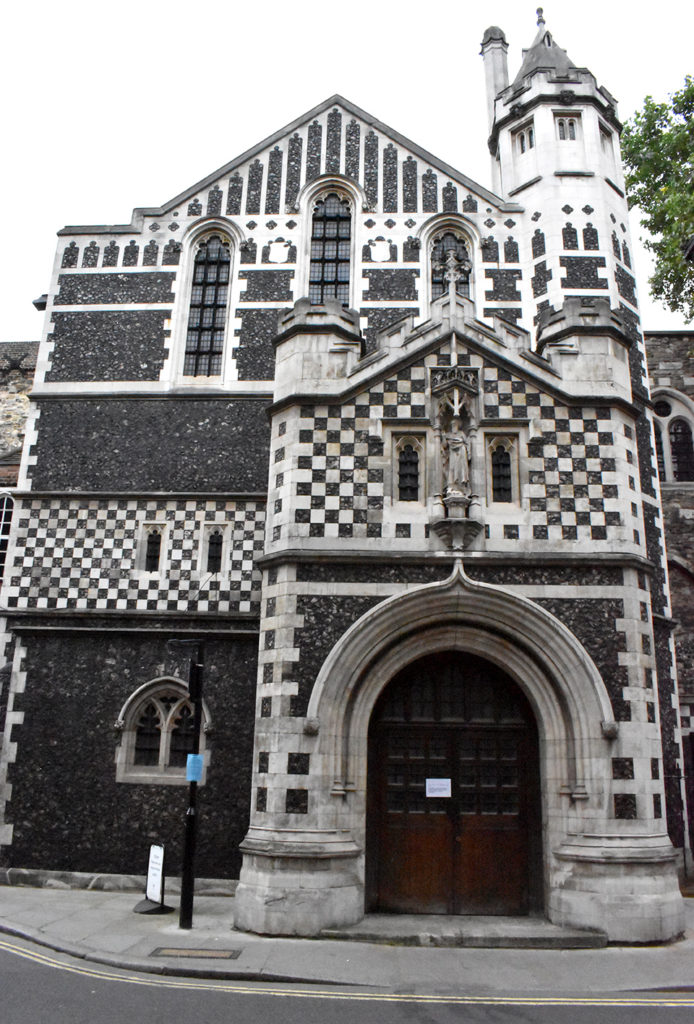
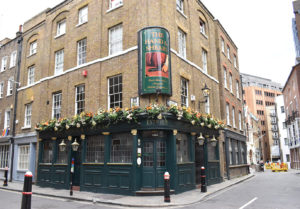
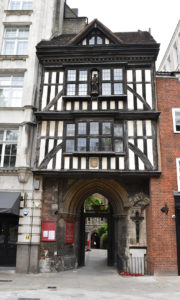
Perhaps the most colorful among the Anthony clan was John’s supposed grandfather Francis, son of Derick. Dr Francis Anthony was a quack who specialized in healing patients with arum potable (liquid gold) — whether there was any gold in it is questionable but there was mercury — which was either going to cure or kill the patient. Since in many cases it was the latter, he was frequently in trouble with the Board of Physicians. Francis bought shares in the colonial Virginia Company which were passed on to his son. One may speculate whether these may have sparked an interest in the colonies on the part of his purported grandson.
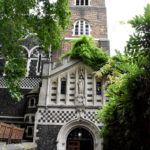 His son John followed in Francis’s footsteps, also becoming a doctor and enjoying the wealth that arum potable brought. He used some of his wealth in 1628 to help fund the tower than looms over the front entrance.
His son John followed in Francis’s footsteps, also becoming a doctor and enjoying the wealth that arum potable brought. He used some of his wealth in 1628 to help fund the tower than looms over the front entrance.
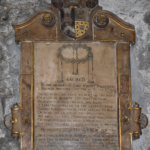
Beth and I viewed the plaque on a wall in St. Bartholomew’s north aisle honoring the two Anthony family doctors who were buried beneath the church floor in the 1600s. These were the only family plots we found in London.
Views of St. Bartholomew the Great Church

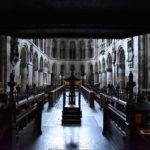
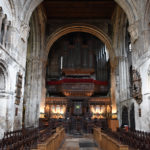

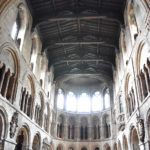
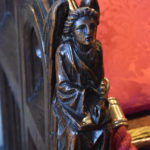
It was Dr. John Anthony who was supposedly the father of our emigrant John Anthony. It seemed fitting that after visiting St. Bartholomew’s we made the trip by subway to Hampstead to view our emigrant’s departing location.
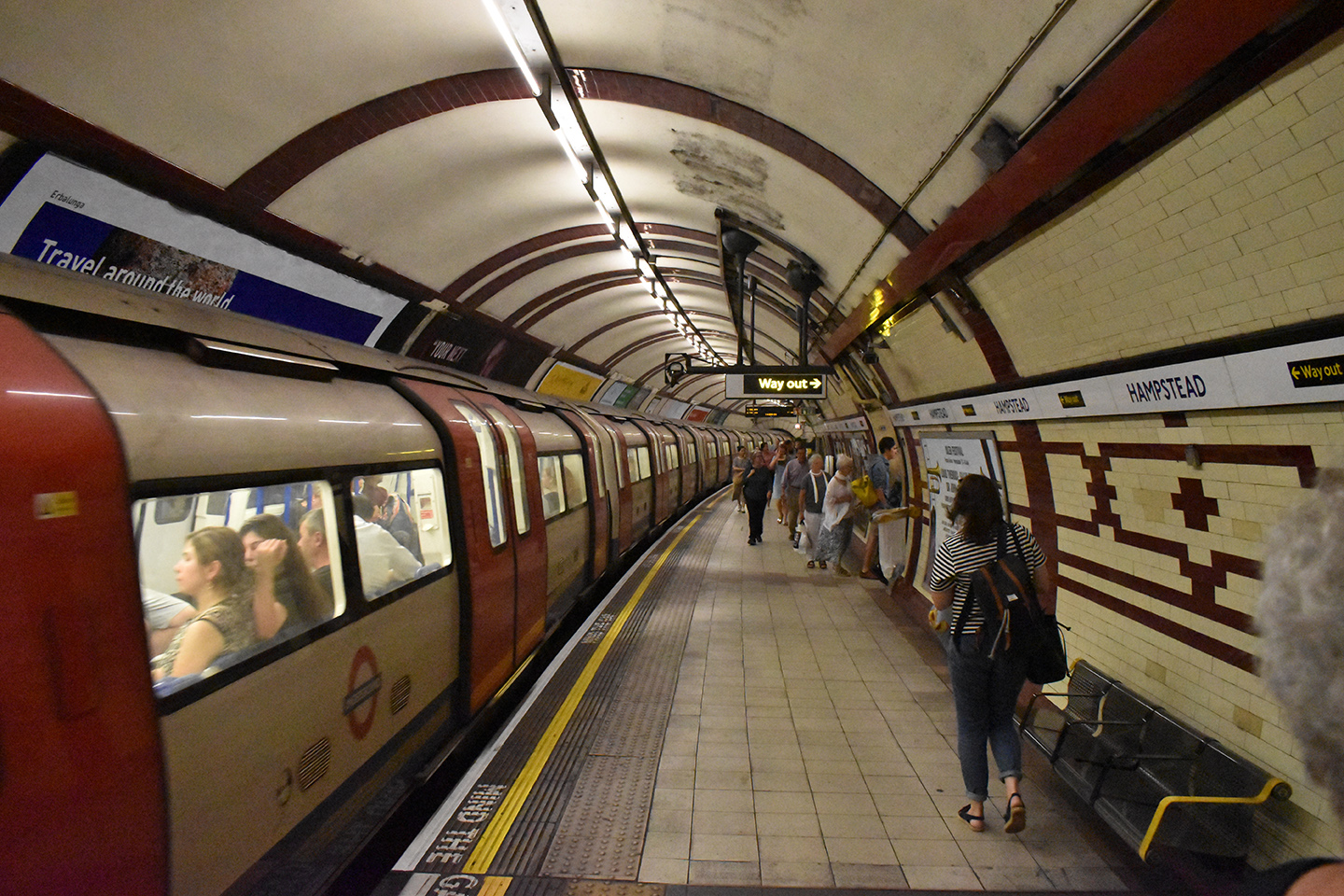
And so, over the course of a couple of days, we walked in the footsteps of four generations of London Anthony’s, one or all of whom endowed us with their genes, if not their gold.
1. In a recent biography of Fred Rogers, The Good Neighbor by Maxwell King, the author relates a standing joke between Fred and his wife. “When they were traveling anywhere and were tired and finally got to sit down and rest, one would turn to the other with a mischievous grin and say, ‘Oh, this makes my sweet ass smile.'” After the hours my sister and I walked around London each day, I guess any chair would qualify as the world’s best … and bring a smile to my cheeks.
2. According to the Historic Royal Palaces web site, “By the Tudor period in the sixteenth century, Mint officials were given lodgings on Mint Street, so they could be near their work and keep an eye on security. Many Mint workers lived their lives at the Tower, worshiping every Sunday at the chapel of St Peter ad Vincula on Tower Green.”
3. Our paternal grandmother Bessie Schutze was born an Estall. The original London Estall family, headed by William, who died in 1750, was her great-great-great-great-grandfather.
4. This pub was where in centuries past the London Mayor of London kicked off the Cloth Fair by cutting the first piece of cloth, which some believe was the origin of the modern-day ritual of ribbon cutting.
